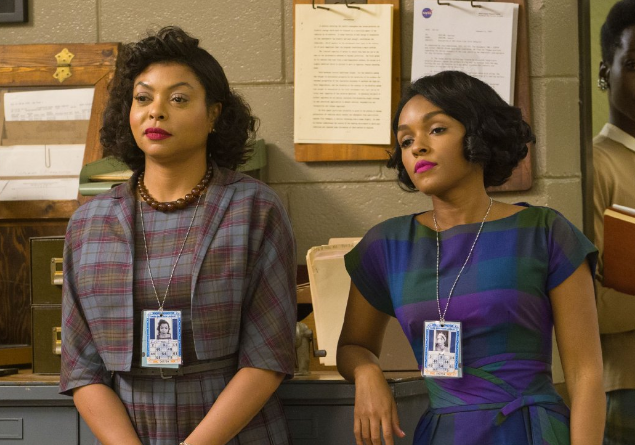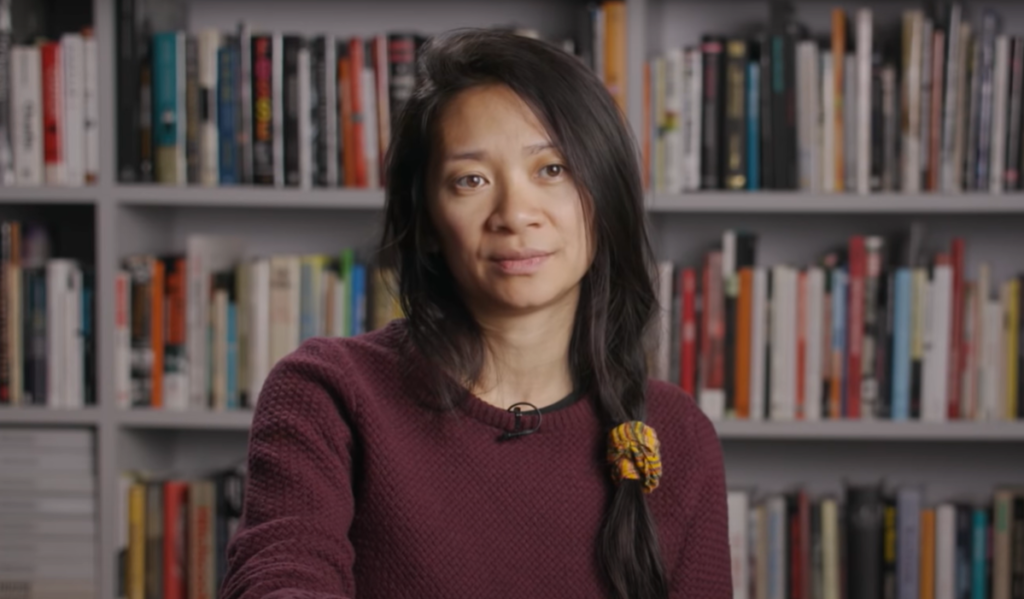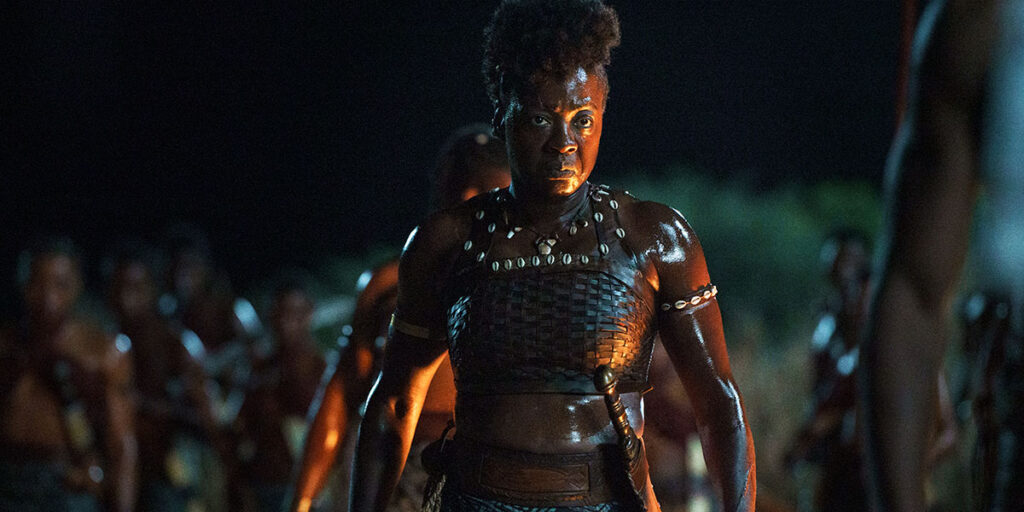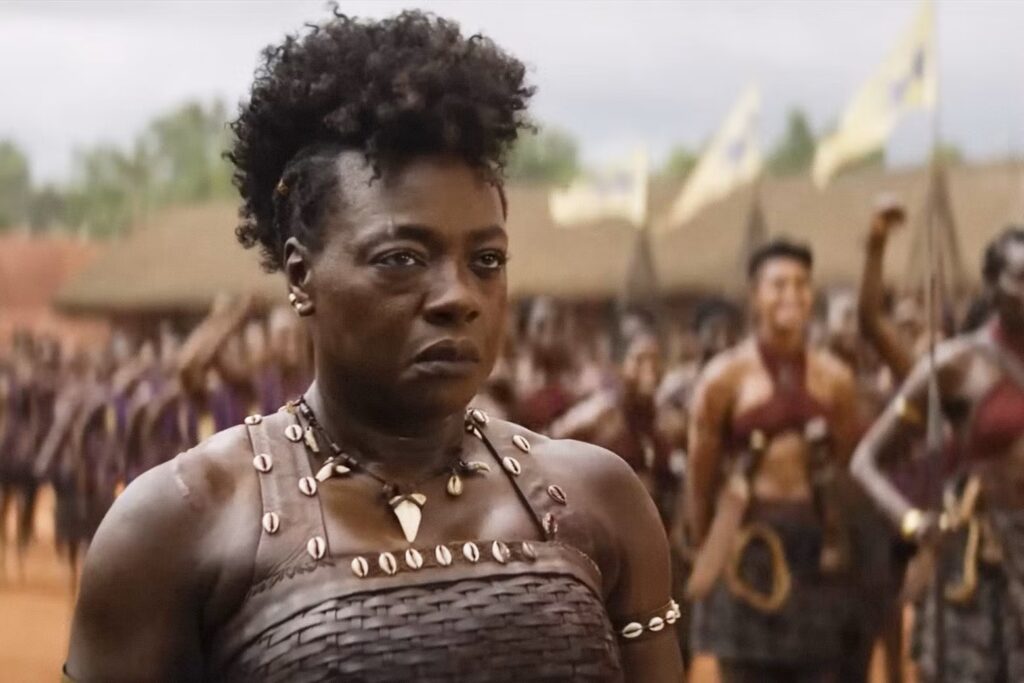With the success of convention-defying, female-led films like “Hidden Figures,” “Wonder Woman,” and “Girls Trip,” it’s easy to think Hollywood is finally moving beyond reductive stereotypes. Black women control the narrative in “Hidden Figures” and “Girls Trip” — and are interesting, flawed, and fully-formed characters. “Wonder Woman” allows Robin Wright and Connie Nielsen — women over 40 — to kick as much ass as Gal Gadot. Despite these advances in representation, a new study from USC Viterbi School of Engineering’s Signal Analysis and Interpretation Lab (SAIL) found that stereotypes are still the status quo in film.
The report, “Linguistic analysis of differences in portrayal of movie characters,” reviewed about 1,000 screenplays — including the characters’ dialogue and interactions — as well as the demographics of the films crew and concludes that “stereotypes of women, race, and aging are created and reinforced” at the movies. The study finds that in addition to being stereotypes, women characters in particular are rarely important to a movie’s plot; they are merely cliched set decorations.
After crunching the numbers, the study’s authors write that there are seven times more male writers than female writers on the 1,000 analyzed scripts. There are about 12 times more male directors than female and three times as many male producers than female. Women only dominate as casting directors (they outnumber men two to one) but “the casting directors’ genders seemingly had no impact on characters’ genders.”
Among the report’s other findings: female film characters are on average five years younger than male characters, characters of color tend to swear and talk more about sex than their white counterparts, and female characters are rarely allowed to express negative emotions.
“Writers consciously or subconsciously agree to established norms about gender that are built into their word choices,” study author Anil Ramakrishna explains.
The best way to combat the presence of gender stereotypes in film? Hire more female writers. “If female writers were in the writers’ room, female character representation on screen was on average 50 percent higher,” the report details.
Below are the highlights from “Linguistic analysis of differences in portrayal of movie characters.”
- Researchers Anil Ramakrishna, Victor R. Martinez, Nikolaos Malandrakis, and Karan Singla and Professor Shrikanth Narayanan were able to quantify the sophistication and the tone of language of 7,000 characters and over 53,000 dialogues in nearly 1,000 film scripts.
- The authors analyzed content of characters’ language and their interactions across gender, race, and age. Beyond the cast, the researchers also looked at genre, the production teams across films including writers, directors, and casting agents.
Of the scripts and dialogues reviewed:
- Men had over 37,000 dialogues; women had just over 15,000.
- Women portrayed just over 2,000 characters; men portrayed almost 4,900.
Of the nearly 1,000 scripts studied, there were:
- Seven times more male writers than female writers
- Almost 12 times more male directors than female directors
- A little over three times more male producers than female producers
- Twice as many female casting directors as male
Overall, female characters, regardless of race, tended to be about five years younger than their male counterparts.
Writers’ room makes impact:
- The biggest difference came from the writers’ room.
- If female writers were in the writers’ room, female character representation on screen was on average 50 percent higher.
Race:
- Dialogue of Latino and mixed-race characters was more related to sexuality.
- African-American characters had a greater percentage of swear words in their dialogues than other races.
Gender:
- Female characters tend to be more positive in valence.
- Male dialogue contained more words related to achievement, death, and more swear words than the dialogue scripted for women.
Age:
- As characters age, the characters on screen appear more sage-like: intelligent, less excited, with less mention of sexuality and more talk of religion.
- The language of elder characters steers towards what has most traditionally associated with men.







